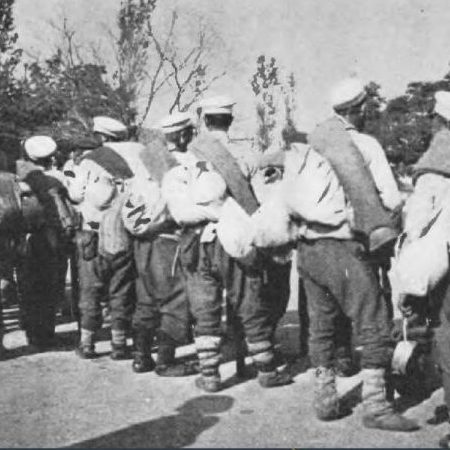


Exotic dancer and spy Mata Hari is executed

The Battle of Jena
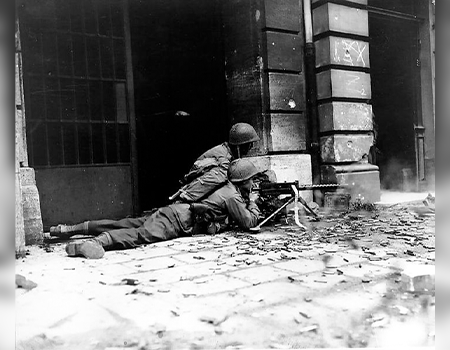
The Battle for Aachen
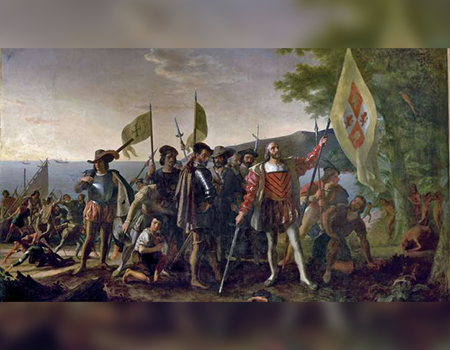
New World sighted
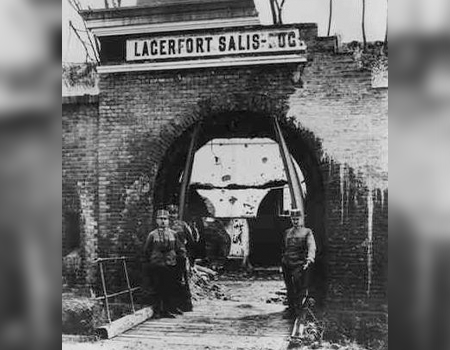
Siege of Przemyśl
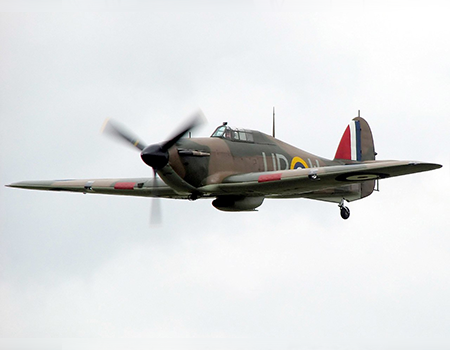
Battle of Britain Day
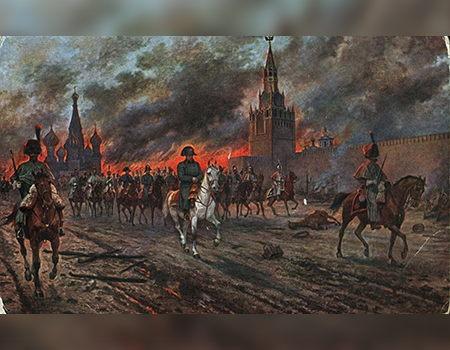
Great Fire of Moscow
VIDEO ASSEMBLY TUTORIALS: M1911 A1 PISTOL, USA

WAR CURIOSITIES: ARGONNE 1918. BEYOND THE MYTH OF AN INFERNAL STRUGGLE (1 OF 2).
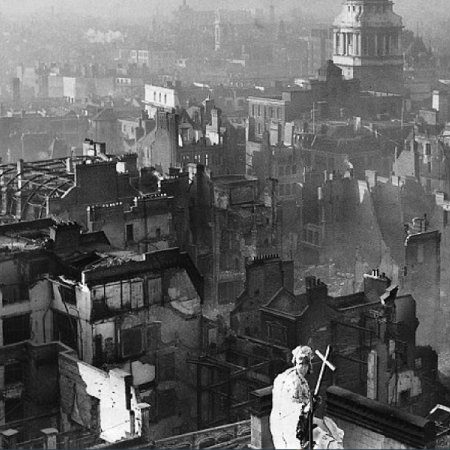
GUNS AND THEIR HISTORY: LONDON BOMBED

WAR CURIOSITIES: A fight to the death in the Reichstag

GUNS AND THEIR HISTORY: MK 2 “PINEAPPLE” HAND GRENADE
The Mk II/Mk 2 series fragmentation grenade was the standard American Army infantry hand grenade from 1918 until the 1960s. Perhaps better known as the “pineapple” grenade for its patterned grooved metal body, the Mk II served in the latter months of World War 1 and throughout World War 2, the Korean War, the Vietnam War and various other period conflicts during its operational tenure. Other operators went on to include the armed forces of Argentina, Chile, Israel, Italy, the Netherlands and Turkey.
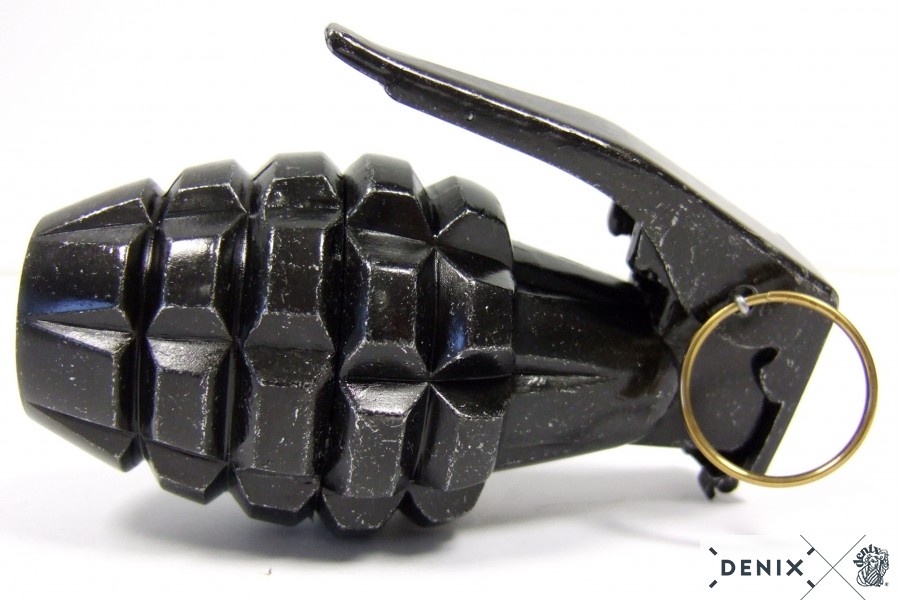
The Mk II first appeared in 1918 and saw limited use in the Great War replacing the Mk I series hand grenade of 1917. The original Mk I was a product of American design and introduced in 1917. However, there were noted ignition issues with the mark forcing production to be halted and delivered grenades to be recalled en masse. Eventually, the Mk I series was dropped from service in 1918, replaced by the much improved Mk II series – leaving the Mk I as a footnote in American military history.
Outwardly, the Mk II grenade was of a traditionally accepted hand grenade design encompassing a fragmentation body attached to a percussion-cap-and-time-fuse-delay detonation system atop a tapered neck. A ring held a safety pin in place prior to the grenade’s activation. The time fuse delay ran for approximately five seconds after activation to which the operator would lob the device against an enemy. The body of the grenade was manufactured of iron and dotted by a pattern of protruding blocks which gave the grenade its unique appearance while also aiding in its handling. The internal contents of the grenade consisted of 2 ounces of TNT filling to which, once detonated, would shatter the iron body in every direction, causing massive fragmentation damage to everything and anything within the blast radius. Initial production forms utilized an igniting fuse system while later models gave way to a detonating fuse arrangement.
The initial production model became the Mk II of 1918 which was followed by the revised Mk IIA1 of 1942. By this time, America was fully committed to the war effort that was World War 2 and production of all war goods spiked substantially. The Mk IIA1 variant was differentiated by its lack of a bottom “filler” hole and used the M10A2 igniting fuse (as opposed to the M10A1 and M11 series seen prior). A “high-explosive” version – the Mk II HE – was then issued with an M5 detonating fuse while the Mk II FRAG-TNT was completed with the M6A4C detonating fuse. During the war 2, the grenade could also be equipped with stabilizer fins and a tube body for firing from the muzzle of service rifles equipped with the M7 adapter, this configuration giving the standard infantryman a broader tactical reach against dug-in foes. The Mk II/ Mk 2 series served on until its circulation reach was minimized, ultimately replaced by more modern and efficient hand grenade types the world over. In April of 1945, the Mk II series (note Roman numerals) was redesignated as the “Mk 2”. The variants naturally followed suit in the US Army inventory, each dropping their Roman numeral identifiers.
The Mk II series was eventually replaced in the American inventory by the smooth-sided (and decidedly egg-shaped) M26 series of the 1950s.
View our collection of hand grenades here
source: www.militaryfactory.com

GUNS AND THEIR HISTORY: Thompson submachine gun

WAR CURIOSITIES: MEN AND WEAPONS. A DAY OF FIGHTING BEYOND THE RHINE
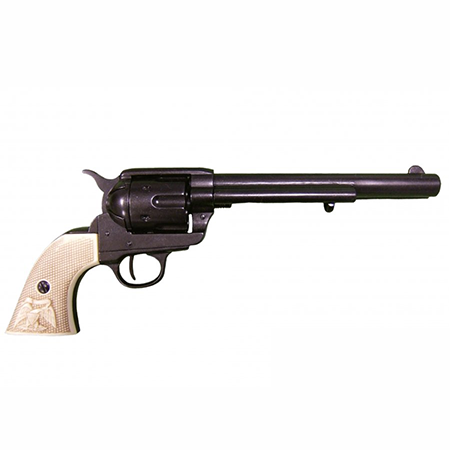
GUNS AND THEIR HISTORY: “God created man, Sam Colt made them equal”
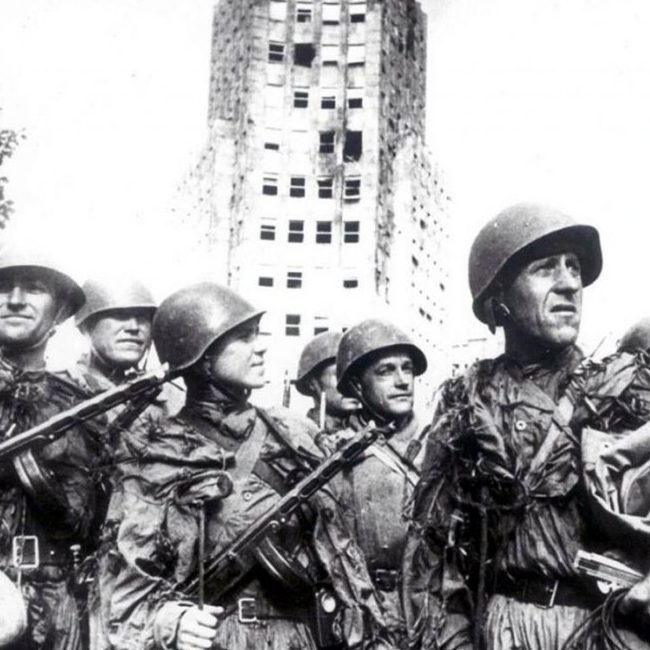
GUNS AND THEIR HISTORY: LIBERATION OF BELGRADE
After the invasion of Yugoslavia by the Axis in April 1941, Belgrade remained as the capital of the occupied Serbia and various movements of resistance arose: Partisans and Chetniks assumed the fighting to the German army.
By 1943, the Partisan Army under Tito’s command was controlling more than half of the territory of the old Kingdom of Yugoslavia.
At the end of September 1944, the 2nd Panzer Army was in Belgrade with no possibility of starting a counterattack, and retracted to Croatia.
On October 12, the Red Army and Partisans broke the enemy resistance in the south of Belgrade and approached it two days later. The Yugoslavs advanced towards the city from the south of the Sava River, while the Red Army participated in the fighting in the north. The eviction of the city was made by urban battles fought in the main buildings, where the Germans had become strong. The assault on the city was delayed due to the diversion of forces to eliminate the resistance of thousands of enemy soldiers, surrounded between Belgrade and Smederevo.
Finally on 20 October, Belgrade was completely liberated by the Yugoslav and Soviet forces.
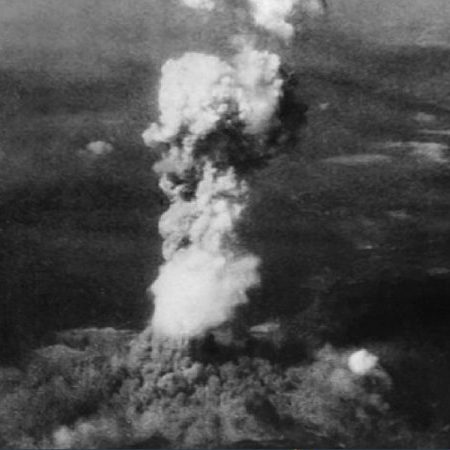
GUNS AND THEIR HISTORY: HIROSHIMA
On Monday, August 6, 1945, the Little Boy nuclear weapon was released on Hiroshima. Some military camps were in the vicinity, including the headquarters of the Fifth Division and those of the Second General Army of Field Marshal Hata Shunroku, who commanded the defense of the entire southern part of the country.
The Little Boy bomb was dropped at 08:15 a.m. and reached 55 seconds the height determined for its explosion, approximately 600 meters above the city. It is estimated that instantaneously the temperature rose to more than one million degrees Celsius, which burned the surrounding air, creating a ball of fire of 256 meters in diameter. In less than a second the ball expanded to 274 meters, the radius of total destruction was 1.6 kilometers, causing fires in 11.4 km².
Between 70,000 and 80,000 people, about 30% of the population of Hiroshima, died instantly, while another 70,000 were injured.
original post published by DENIX on their website
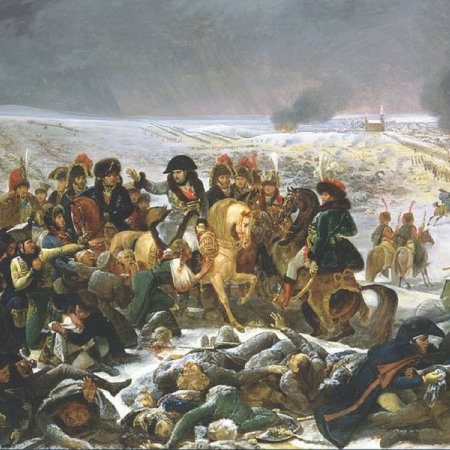
GUNS AND THEIR HISTORY: BATTLE OF EYLAU
On the 7th and 8th, February 1807 the Battle of Eylau took place, between the forces of Napoleon I and the Russian army.
After the battles of Austerlitz and Jena-Auerstädt, Napoleon occupied the German cities and marched eastward, entering Poland with little resistance. The battle began when the French forces moved forward to occupy the town of Eylau, where the Russian army was located. It quickly spread into a long and bitter confrontation that continued into the night.
At dawn there was almost no visibility and the dense storm clouds continued throughout the day. The enemy forces occupied two parallel crests, and shortly after 8:00 they began the artillery duel.
After 14 hours of continuous battle, the Russian army began to retreat stealthily, but the French did not realize it until 4 hours later and were not in a position to initiate the persecution. Technically, the French have gained possession of the battlefield, but they had suffered enormous losses and failed to destroy the Russian army.
original post published by DENIX on their website
